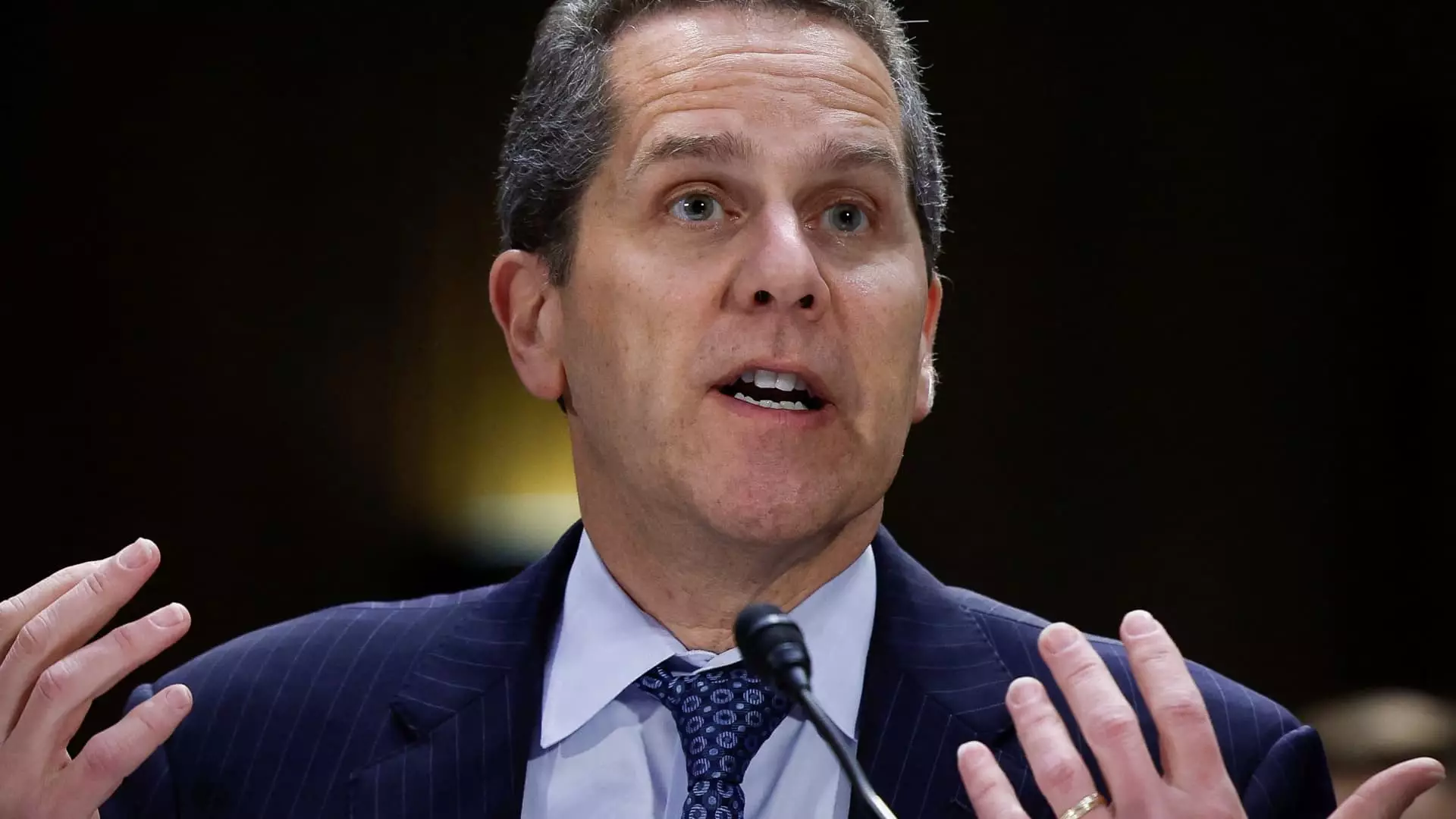On Tuesday, a senior official from the Federal Reserve announced significant revisions to a set of banking regulations that had previously sought to increase capital requirements for large financial institutions. The initial framework, known as the Basel Endgame, was designed to enhance the resilience of the banking sector following the financial turmoil of 2008. However, the newly adjusted proposal aims to strike a more balanced approach that appears less onerous for major banks while still addressing some of the risks highlighted by policymakers.
The Shift from Aggressive to Modest Proposals
Initially revealed in July 2023, the Basel Endgame aimed to impose a robust 19% hike in capital requirements for the largest banks. However, in light of feedback from a variety of stakeholders—including bankers, lawmakers, and industry groups—regulatory bodies including the Fed, the Office of the Comptroller of the Currency, and the Federal Deposit Insurance Corporation have opted to reintroduce the proposal with a significantly reduced increase of only 9%. This notable pivot reflects broader concerns regarding the potential repercussions of stringent capital mandates on credit availability and financial market stability.
Michael Barr, the Fed Vice Chair for Supervision, emphasized the importance of community and industry feedback in refining the regulatory proposal. Addressing an audience at the Brookings Institution, he indicated that the decision to modify the original proposal stemmed from a comprehensive review of its possible implications. By acknowledging the potential downsides of higher capital requirements—including the risk of increased loan costs and the potential push towards non-bank lending—regulators are actively working to balance financial stability with economic growth.
The initial plan sought to mitigate risks associated with high-stakes lending and trading by mandating that banks maintain a more substantial financial buffer against losses. However, the revised approach may alleviate some of these pressures, making it easier for banks to extend credit. Trade organizations and industry advocates have welcomed the changes, which could shield consumers from adverse effects such as elevated interest rates and limited access to credit facilities.
Additionally, it is important to note that regional banks, those with assets ranging from $100 billion to $250 billion, will not be subjected to the same stringent requirements under the newly proposed changes. These institutions will still have to account for unrealized gains and losses on their securities as part of their capital assessment—an adjustment likely aimed at addressing past failures in the banking sector linked to deposit runs and burgeoning interest rates.
The shift from a 19% to a 9% increase in capital requirements exemplifies the Federal Reserve’s efforts to foster a regulatory environment that promotes both stability and growth. As the banking landscape continues to evolve, the ongoing dialogue between regulators and stakeholders will be critical in shaping future financial policies. Ultimately, while the changes may be perceived as a victory for the banking industry, the true test will be whether they effectively mitigate systemic risks while ensuring sufficient access to credit for consumers and businesses alike.

